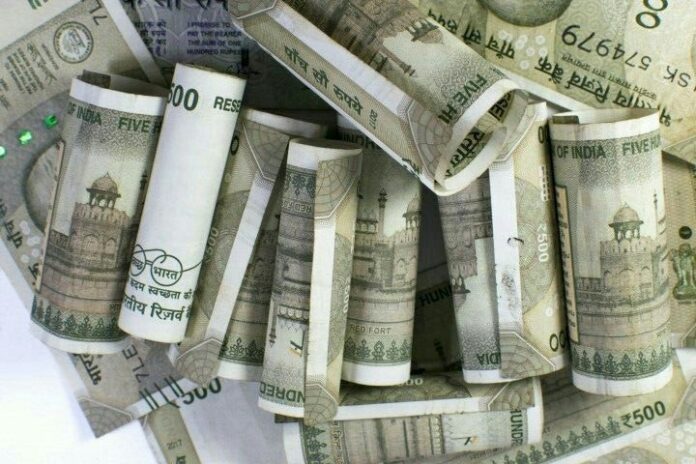Retirement planning: There are some special schemes for long-term investments and retirement funds away from market risks. These include government and market linked schemes. They have good returns and have the advantage of compound interest. The sooner you plan, the more benefit you will get.
Retirement Planning: There are many types of schemes in the market to prepare for old age. But, some special schemes are great for preparing after 60, in which the return on investment can also be strong. If you are preparing for long term investment and your retirement fund, then you can get better returns in these options. Investing in Public Provident Fund (PPF), Voluntary Provident Fund (VPF) and ELSS can give good returns.
Public Provident Fund- PPF
Public Provident Fund (PPF) This scheme can be opened anywhere in a bank or post office. Transfer can also be done in any bank or post office. Only 500 rupees is enough to open it. It is necessary to deposit Rs 500 every year in one go. A maximum of Rs 1.5 lakh can be deposited in the account every year. This scheme is for 15 years, from which money cannot be withdrawn in the middle. But, it can be extended for 5-5 years after 15 years.
Get loan and partial withdrawal exemption
PPF cannot be closed before 15 years, but after 3 years a loan can be taken against this account. If anyone wants, he can withdraw money from this account from the 7th year under the rules. The interest rates are reviewed every quarter. Interest rates can be higher or lower. At present, 7.1 percent interest is being given. Under 80C, you get the benefit of tax exemption up to Rs 1.5 lakh on investment in the scheme. Anyone can invest in these.
Voluntary Provident Fund (VPF)
Only 12 percent of the basic salary can be contributed in EPF. But, there is no limit to invest in VPF (Voluntary Provident Fund). Meaning, if the employee increases his contribution to the provident fund by keeping his in-hand salary low, then this option is called VPF. In VPF also 8.1 percent interest is being given similar to EPF. This scheme is an extension of EPF itself. It can be opened only by the employed. 100% of the basic salary and DA (Dearness allowance) can be invested in it.
What to do for VPF?
You will need to contact your company’s HR or finance team. Contribution has to be requested in VPF. VPF will be added to your EPF account as soon as it is processed. No separate account of VPF is opened. VPF contribution can be revised every year. However, the employer is not bound to invest in VPF. The employee can only increase his contribution.
Special things related to VPF
If you change job then you can easily transfer this account. Loan is also available on this. Loans can also be taken from this for children’s education, home loan, children’s marriage. For partial withdrawal of money from VPF account, it is necessary for the account holder to work for 5 years. If it is less than 5 years then tax is deducted. The entire amount of VPF can be withdrawn only on retirement. VPF gets the benefit of tax deduction under section 80C of the Income Tax Act. The money received on investment, interest and maturity (EEE) is completely tax free. This scheme is very good for retirement planning.
ELSS- Equity Linked Savings Scheme
There are 42 mutual fund companies run tax saving schemes in the country. Every company has ELSS to save income tax. It can be purchased online or from an agent. To save income tax, the one time investment limit is minimum 5 thousand rupees and if you want to invest every month then you can start investing minimum 500 rupees per month. The maximum tax exemption that can be taken in this is Rs 1.5 lakh, but there is no limit on the maximum investment.
No interest, market linked returns
The scheme has a lock-in for 3 years. Later the investor can withdraw the money if he wants. After 3 years, if you want, it can be withdrawn in full. There is also the option of partial withdrawal. You can leave the rest of the money lying in the scheme as long as you want. The special thing about ELSS is that instead of interest on investment, it gives market linked returns. The ELSS mutual fund category has given returns of around 8.5 per cent in the last 10 years.
Where should one invest?
In all three options, there is a facility of getting tax exemption on investment. But, still all three are schemes with different benefits. If you are employed then it would be right to invest in VPF. Because from here you will get more interest than PPF and ELSS. On the other hand, if you can take a little risk, then ELSS is a better option for them. Money should be invested in this through SIP, in which investment is made every month. This reduces the risk on investment and increases the chances of getting good returns. On the other hand, if you want to stay away from market risk, then investing in PPF would be right.


